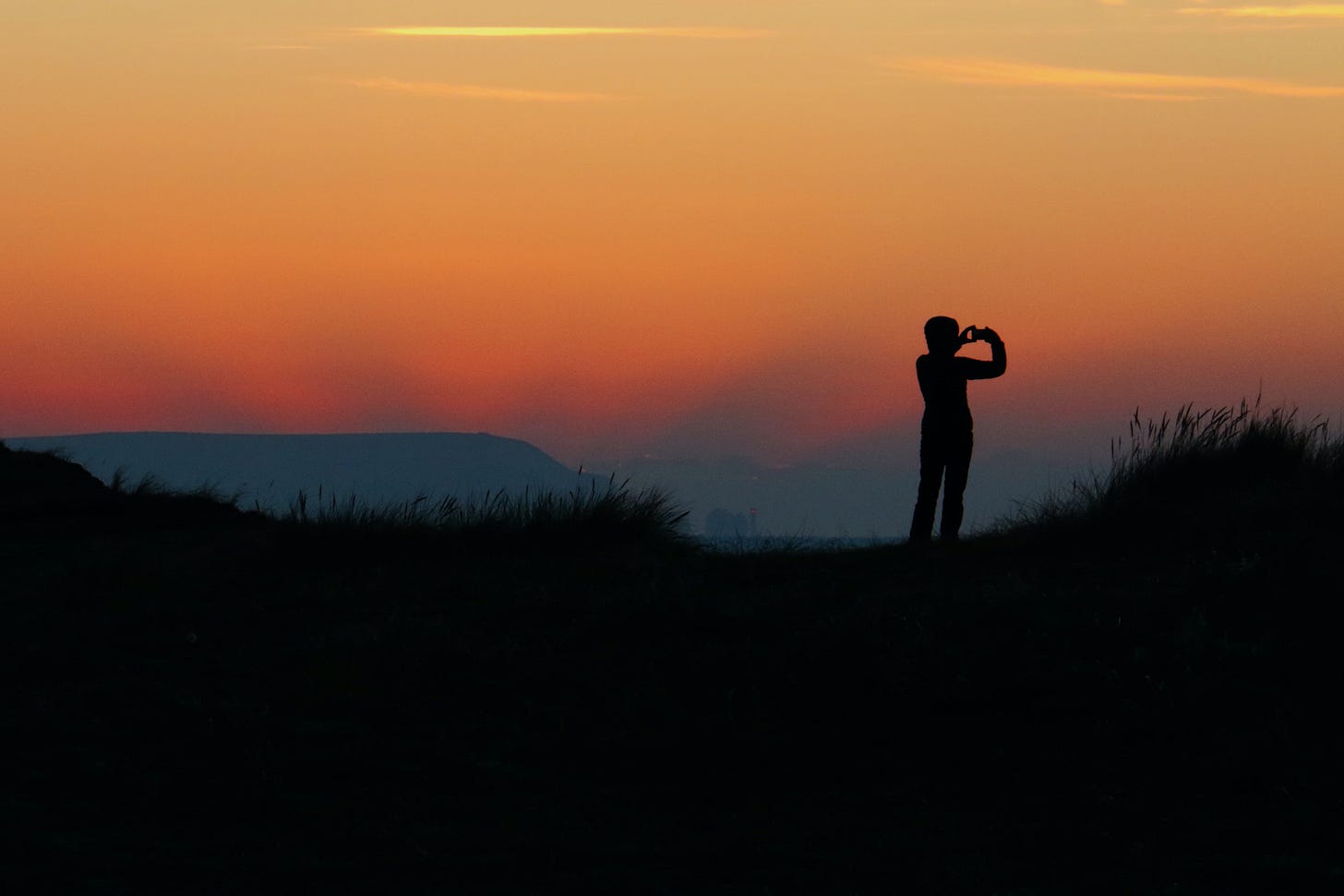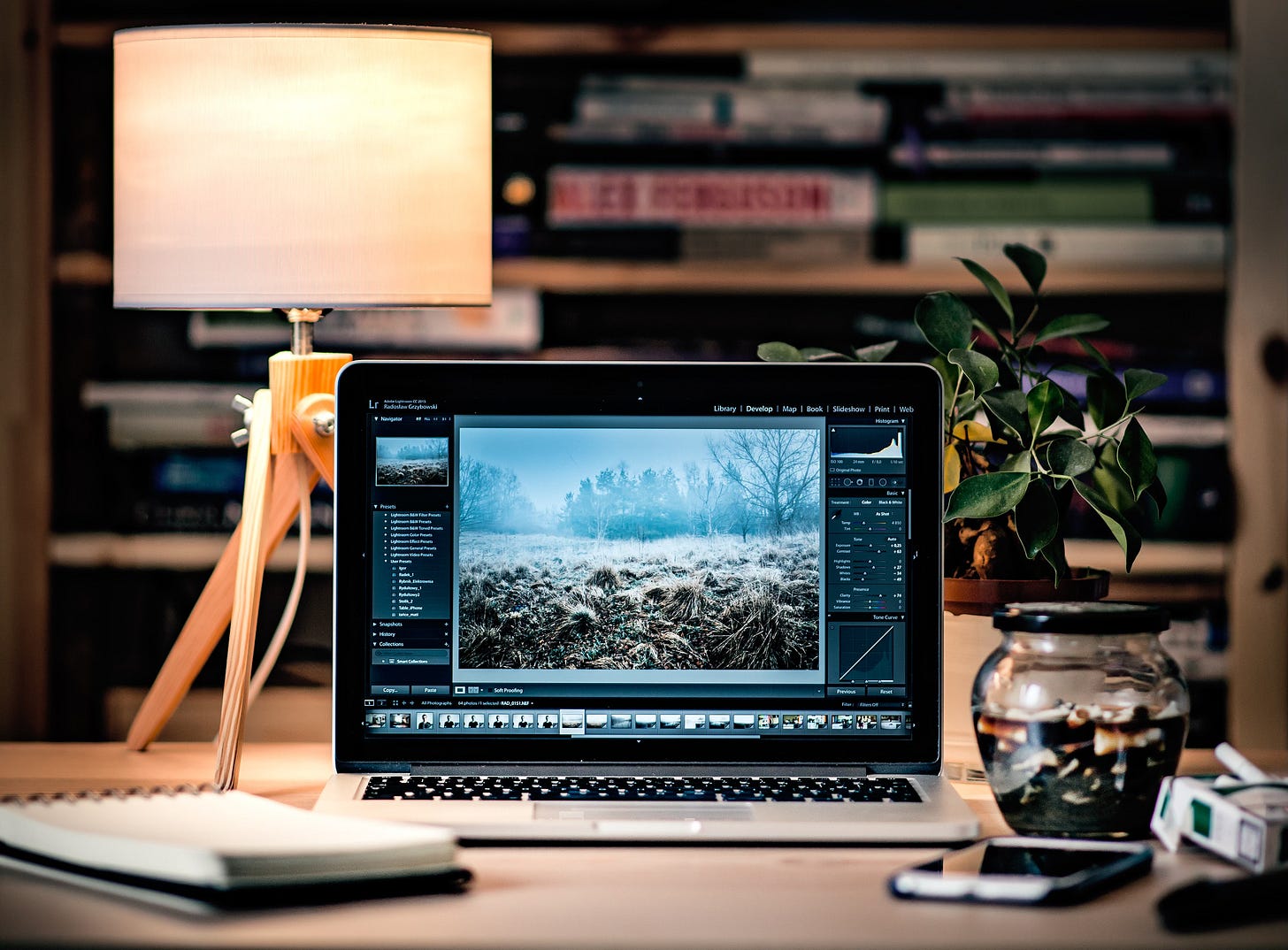Why Printing Photos Will Make You A Better Photographer
Elevate your photo eye by choosing your favorite Favorites.
When you think about it, nothing tracks our life journey more fluidly than the pictures on our phones. Sure, some of us are 300 images per year photographers and some take 3000+. But it’s not the activity so much as the theme.
Some of us are people persons and our camera roll consists of groups and selfies. Others are all about place; where we’ve been and what we’ve seen. We celebrate our family, our sports, our treasures, and our interests. Some of us capture the random beauty we find, and some of us the irony.
Our photo collections have become the journal of our lives.
But more than that, our photos reveal how we see our world - what we include, what we discard, our point of view. Literally.
Traditional photography understands this. That making pictures is an exercise in tunnel vision. You can only include what fits in the frame. Cropping, either in camera or in the editing process can change the whole meaning and power of a shot. Panoramas, ultra-wide angle, and telephoto images are all ways to adjust your point-of-view and change the picture’s message.
But mobile photography has changed the whole dynamic in two important ways.
First, without a viewfinder to isolate the image area, composition becomes more of a documentary exercise than a creative one. Coupled with the ease-of-use and sheer volume of photos on our phones, it excuses sloppy photography. When you hold an iPhone at arms length, it’s easy to forget your image has boundaries that your vision doesn’t share.
It’s easy to lose the context.
Then there’s the reality that most people never view their photos larger than the size of the phones’ display. It’s natural to fixate on the main subject when it’s the only object larger than a postage stamp and you are swiping through your collection faster than a jump to light speed.
And yet . . .
Some of the most amazing pictures I’ve ever seen came from an iPhone.
Like so many skills, great photography is an exercise in trial and error. Trying things. Evaluating with a critical eye. Discovering what works and what doesn’t. That takes time, which is the polar opposite of digital photography.
Traditional photography baked Time and attention into the learning process. You learned about exposure, focus, and, yes, composition because you had to. A commitment to image-making was the baseline. There were choices to make about camera settings. And the processing. Rarely was the feedback instantaneous. The photographer owned the picture, for better or worse and often you found a picture just didn’t work out after several attempts to get it “right.”
Mobile photography lets us skip the basics. iPhones are so good at well-exposed capture that we get to cut the line and go straight to the performance. Instead of owning the picture, we own the moment.
Nothing wrong with that.
But here’s the thing. If you want to improve your photography, take a page from old school photographers and get some skin in the game.
Here’s how.
First, get your photos onto a computer where you can see all the detail at a decent size. Apple Photos makes this easy by syncing to your Mac via iCloud. It’s amazing how different a photo can look when you’ve only ever seen it on your iPhone. You’ll find unexpected gems and be surprised at some favorites that just don’t fly when viewed up close and personal.
Mark the photos that make you pause. Also the ones you expected to love but don’t quite make it at a decent size. The best photos evoke emotion, and understanding why they did or didn’t is part of the learning process. With a little practice that understanding will become part of your new photography technique, which is the whole point.
Then pick a couple dozen of your favorite favorites and print them.
This is the most important step. Which pictures do you really love enough to hang on the wall, publish in a book, send as a card to your friends? It’s the modern equivalent of the hours we spent in the darkroom processing film, making contact sheets, and making 8x10 glossy prints. The most important thing about writing a novel, they say, is to pick a story that you can still be excited about after months of work. Same with photos you print. Learning to judge that will fine tune your inner critic, and guide your picture making.
Investing a little time in studying your pictures is guaranteed to improve your eye and nurture a new appreciation for your photography.
There’s an essential by-product as well.
Committing your best images to print ensures that they won’t get buried forever among the thousands of images on your iPhone, rarely seen again. I know that’s the opposite of conventional thinking - to eliminate or digitize as many old print photos as you can - but there’s a subset of our images that deserve a better life. The ones that stand apart from the others and inspire/delight/remind us of our life in an extraordinary way.
So when I get asked how someone can become a better photographer, I say that it’s the same as always. Look at the photos you’ve already made. Find the best of the best. And print them so you can study and appreciate them in the wild.
If you want to work with me, there are 3 ways I can help you:
I help people who love their pictures but are confounded by Apple Photos. You get simple, patient guidance and encouragement to help you master and enjoy your photos. You can book a 1:1 online call here.
You can sign up for one of my DIY courses: Making Photo Books in Apple Photos walks you step by step through the process and teaches you how to make photo books in the easiest, quickest way possible. See all my DIY course offerings HERE.
You can sign up on the waiting list for my upcoming You’ve Got This: Make Your Own Photo Book group project.







